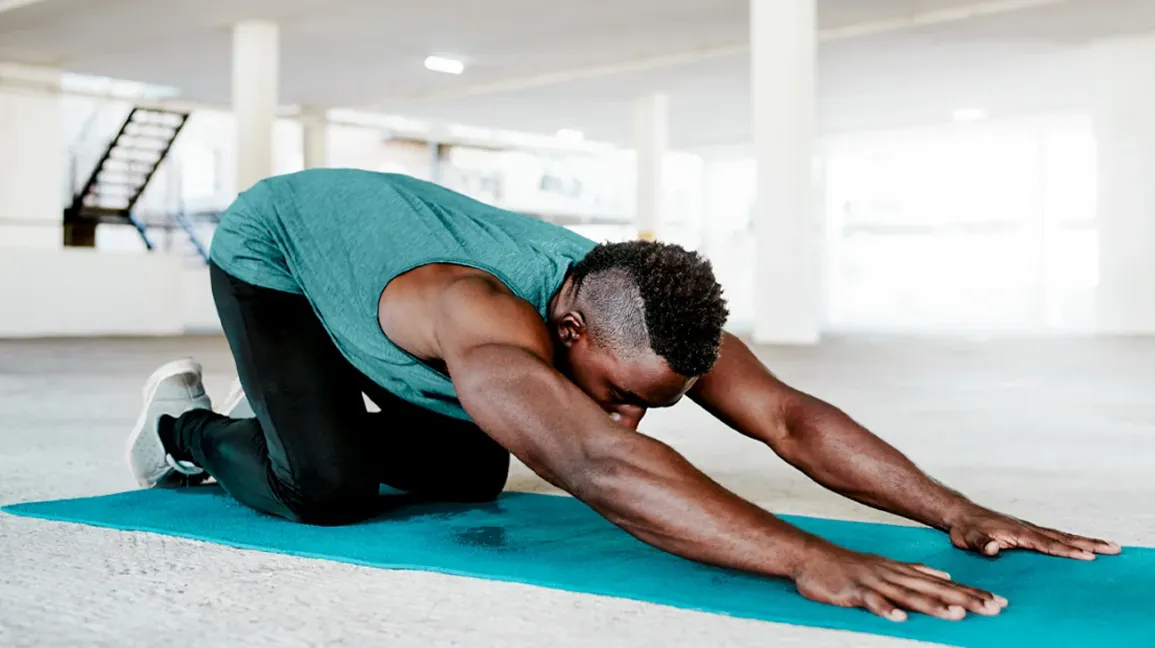
Living with arthritis can make even simple movements feel like a challenge, but staying active is crucial for managing the condition. While arthritis causes pain, stiffness, and inflammation in the joints, avoiding physical activity can lead to weakened muscles, reduced flexibility, and increased discomfort. The key to thriving with arthritis lies in engaging in exercises that are gentle on the joints, yet effective in maintaining mobility, strength, and overall health. With the right workout routine, you can reduce arthritis symptoms, improve your range of motion, and enhance your quality of life.
The Benefits of Exercise for Arthritis
Exercise plays a vital role in managing arthritis, helping to ease pain, improve joint flexibility, and strengthen the muscles surrounding affected joints. Regular physical activity also promotes overall health by boosting cardiovascular function, improving mood, and aiding in weight management. Excess weight can place additional pressure on joints, particularly the knees and hips, making symptoms worse. Therefore, staying active can reduce this strain and slow the progression of arthritis.
Engaging in the right types of exercise can enhance blood circulation to the joints, nourish cartilage, and promote the healing of tissues. Furthermore, physical activity stimulates the production of synovial fluid, which lubricates the joints, making movement smoother and more comfortable. Exercise also releases endorphins, which act as natural pain relievers, reducing the perception of discomfort. The right workouts not only target arthritis symptoms but also improve your overall well-being, allowing you to live more fully and with less pain.
Low-Impact Aerobic Activities
When selecting arthritis-friendly workouts, low-impact aerobic exercises are often a top choice because they offer cardiovascular benefits without placing excessive strain on the joints. One of the most popular forms of low-impact exercise for arthritis sufferers is swimming. Swimming allows you to engage in full-body movements in a weightless environment, as the water reduces the pressure on your joints. The water’s buoyancy supports your body, making it easier to move freely without discomfort. Whether you swim laps or participate in water aerobics, this form of exercise helps improve endurance, strength, and flexibility while keeping joint pain at bay.
Cycling is another excellent low-impact option. Stationary bikes, in particular, allow for smooth, controlled movements that help build leg strength and cardiovascular fitness without jarring the joints. Cycling can be adjusted to your comfort level, making it an accessible option for many people with arthritis.
Additionally, walking is a simple yet highly effective low-impact exercise that can be incorporated into daily life. Walking helps maintain mobility and strengthen muscles around the joints, and it’s easy to adjust the pace or distance to accommodate your fitness level. Consistency is key; even short, daily walks can significantly improve your physical health and reduce arthritis pain.
Strength Training for Joint Support
Building muscle strength is critical for supporting joints affected by arthritis. Stronger muscles act as stabilizers, reducing the burden on the joints and preventing further wear and tear. Strength training can be done using resistance bands, light weights, or even bodyweight exercises, depending on your comfort level. Exercises like squats, leg lifts, and modified push-ups are beneficial for building muscle without causing stress to sensitive joints.
It’s essential to focus on proper form and start with light resistance to prevent injury. If you’re unsure where to begin, working with a physical therapist or a fitness professional who understands arthritis can help you design a safe and effective strength-training program. Resistance bands are particularly gentle on the joints and allow for a controlled range of motion, making them a great tool for building strength while managing arthritis.
Flexibility and Stretching Exercises
Maintaining flexibility is crucial for keeping your joints mobile and reducing stiffness, a common issue for people with arthritis. Gentle stretching exercises or activities like yoga and tai chi can help enhance flexibility, balance, and coordination. These exercises focus on slow, deliberate movements that stretch and strengthen muscles without causing sudden pressure or strain on the joints.
Yoga, in particular, has been shown to improve flexibility, reduce stress, and help manage pain associated with arthritis. Modifications are available for poses that may be too challenging, making yoga accessible to people at all fitness levels. Likewise, tai chi, a form of martial art that emphasizes flowing movements, is another arthritis-friendly activity. Its focus on balance and coordination helps improve joint mobility and overall function while fostering relaxation and mindfulness.
Listen to Your Body and Pace Yourself
When exercising with arthritis, it’s important to listen to your body and avoid overexertion. While regular activity is essential, pushing through pain can worsen symptoms. Start slowly and gradually increase the intensity or duration of your workouts as your fitness improves. Resting when needed and using proper warm-up and cool-down routines can help prevent injury and minimize joint discomfort.
Incorporating exercises that alternate between strength training, stretching, and low-impact cardio can provide a balanced approach to arthritis management. Variety in your workouts keeps your routine engaging and ensures that all aspects of physical health are addressed. Consult with your doctor or physical therapist before beginning a new exercise program to ensure that your activities are safe for your specific condition.
Conclusion
Arthritis may bring challenges, but it doesn’t have to limit your ability to stay active. By choosing arthritis-friendly workouts that focus on low-impact aerobic activity, strength training, and flexibility exercises, you can manage pain, improve joint function, and maintain a healthy lifestyle. Exercise is one of the most powerful tools for reducing arthritis symptoms, improving mobility, and enhancing your overall quality of life. Remember to pace yourself, listen to your body, and prioritize gentle movements that keep you active and pain-free.